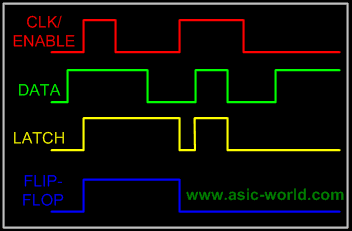Difference Between Latches & Flip Flops?
Discuss the topic in this thread and build up a discussion on the topic. 😀 All the best!
Member • Mar 25, 2011
Member • Mar 26, 2011
Member • Mar 26, 2011
Member • Mar 26, 2011
Member • Mar 27, 2011
Member • Mar 27, 2011
Member • Mar 28, 2011
Member • Mar 29, 2011
Member • May 9, 2011
Member • May 10, 2011
Member • Mar 13, 2012
What do we exactly mean by getting latched??cranky@Redeemer:So what you mean is,when it is high,the output=input?...so where does it get latched?😐
Member • Mar 13, 2012
Member • Mar 13, 2012
Raunak1302What do we exactly mean by getting latched??
